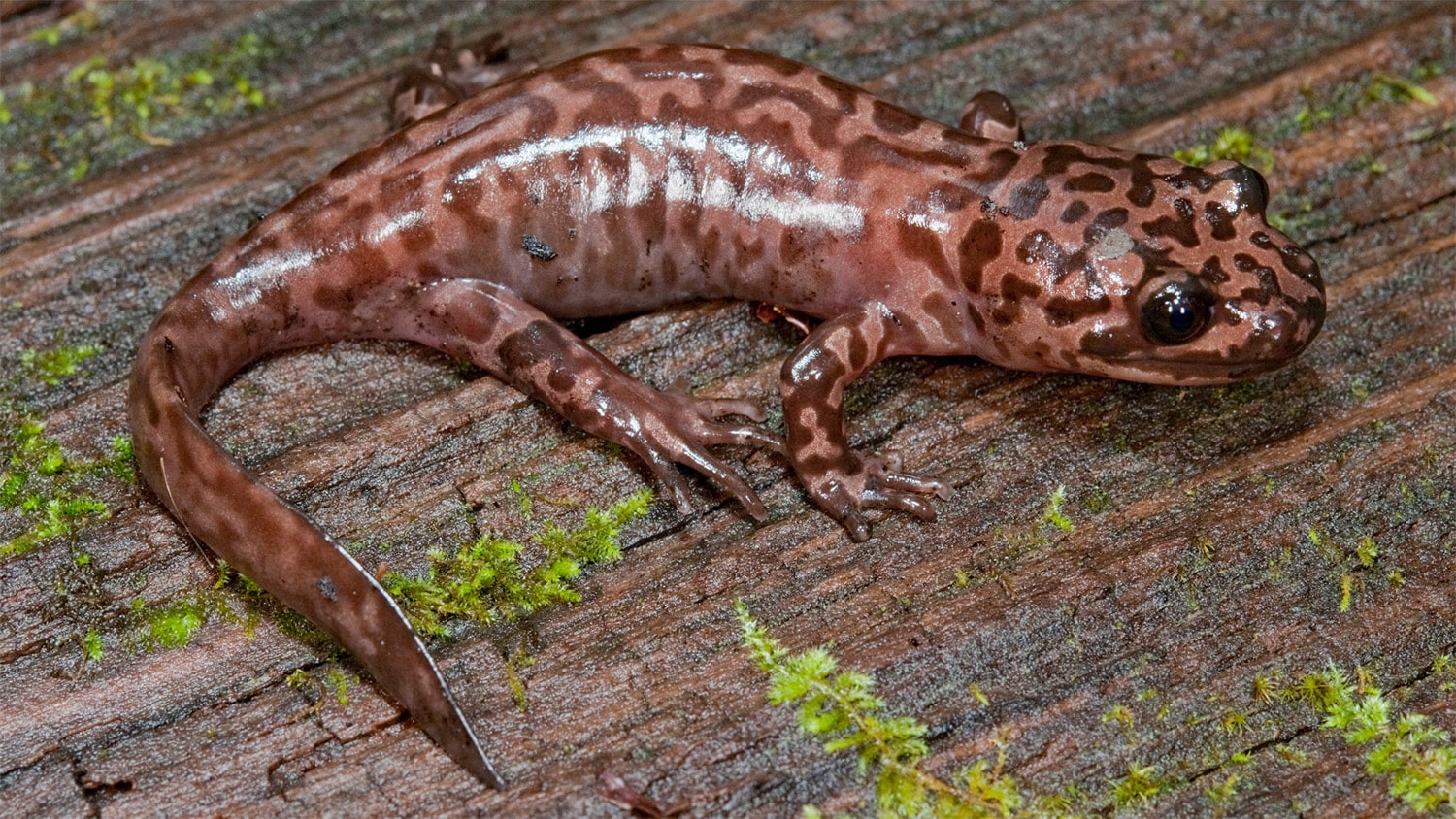
37 interesting facts about salamanders
- 👁️ 320
Salamanders are fascinating creatures that belong to the order Urodela. With their distinctive slender bodies, short limbs, and long tails, they are often mistaken for lizards, though they are actually amphibians, closely related to frogs and newts. Salamanders have a remarkable ability to regenerate lost body parts, making them a subject of interest in scientific research. They inhabit various environments, from damp forests to arid deserts, showcasing an incredible adaptability. Their secretive nature and diverse range of species, each with unique behaviors and characteristics, make salamanders intriguing subjects for both scientists and nature enthusiasts. Let’s delve into some interesting facts about these captivating creatures.
- Salamanders can regenerate lost body parts, including limbs, tails, eyes, and even parts of their brains.
- They are found in various environments, from tropical rainforests to arid deserts, but most species prefer moist, wooded areas.
- Salamanders breathe through their skin, which requires them to live in damp or aquatic habitats to prevent drying out.
- Some salamander species are fully aquatic, while others are terrestrial or capable of living in both environments.
- The Chinese giant salamander is the world’s largest salamander species, reaching lengths of up to 6 feet (1.8 meters).
- Salamanders have a keen sense of smell, which they use to locate prey and recognize members of their own species.
- They are primarily nocturnal animals, using the cover of night to hunt and avoid predators.
- Salamanders communicate through a variety of methods, including visual signals, chemical cues, and vocalizations.
- The skin of many salamander species contains toxins that deter predators, making them unpalatable or even dangerous to consume.
- Some species, like the axolotl, remain in their larval form throughout their lives, a phenomenon known as neoteny.
- Salamanders are carnivorous, feeding on insects, worms, and other small invertebrates.
- The fire salamander is named for its bright, flame-like markings, which serve as a warning to potential predators about its toxicity.
- Salamanders hibernate during the winter months, burrowing underground or into leaf litter to avoid freezing temperatures.
- They have a lateral line system, similar to fish, which detects vibrations and movement in the water.
- The spotted salamander can live for up to 32 years in the wild, making it one of the longest-living salamander species.
- Courtship behaviors in salamanders often involve elaborate dances, pheromone release, and tactile signals.
- Some salamander species exhibit parental care, with mothers guarding their eggs from predators and keeping them moist.
- Salamanders play a vital role in their ecosystems as both predators and prey, helping to control insect populations and providing food for larger animals.
- The slimy salamander secretes a sticky substance that can glue predators’ mouths shut.
- Salamanders have very permeable skin that can easily absorb pollutants and toxins from their environment, making them sensitive indicators of ecosystem health.
- Many salamander species have a “freeze tolerance” that allows them to survive being frozen for short periods.
- The Alpine salamander is one of the few vertebrates capable of giving birth to live young rather than laying eggs.
- Salamanders have been on Earth for over 160 million years, surviving major extinction events.
- The hellbender, North America’s largest salamander, breathes entirely through its wrinkled skin.
- Some salamanders have the ability to change their color for camouflage or to regulate their body temperature.
- The ensatina salamander exhibits a ring species complex, where populations that are geographically adjacent can interbreed, but those at the ends of the distribution cannot.
- Salamander populations are declining worldwide due to habitat loss, pollution, climate change, and disease.
- The axolotl, a type of salamander, has been extensively studied for its regenerative capabilities, which hold potential applications in human medicine.
- Salamanders are capable of absorbing water and oxygen directly through their skin, bypassing the need for drinking in the traditional sense.
- In some cultures, salamanders are associated with fire, likely due to their tendency to emerge from logs thrown into flames.
- The California newt can tolerate and secrete a toxin potent enough to kill most vertebrates.
- Amphibian chytrid fungus, a disease that affects salamanders, has caused significant declines in certain populations.
- Salamanders have a cloaca, a single opening for excretion and reproduction, similar to birds and reptiles.
- The olm, or proteus, an aquatic salamander, can live for over 100 years and is blind, living in complete darkness in European caves.
- Salamanders use their long, sticky tongues to catch prey quickly.
- The red eft, the juvenile stage of the eastern newt, is bright orange and highly toxic to deter predators.
- Salamanders have internal fertilization, with males depositing a spermatophore that the female picks up to fertilize her eggs.
Salamanders are a remarkable group of amphibians with an array of unique abilities and behaviors. From their regenerative powers and diverse habitats to their importance in ecosystems and potential benefits to human medicine, salamanders continue to fascinate and inspire. Their sensitivity to environmental changes also makes them crucial indicators of ecological health, underscoring the importance of conservation efforts to protect these intriguing creatures and their habitats. As we learn more about salamanders, we gain greater insight into the complexity of nature and the interconnectedness of life on Earth.
Salamanders are fascinating creatures that belong to the order Urodela. With their distinctive slender bodies, short limbs, and long tails, they are often mistaken for lizards, though they are actually amphibians, closely related to frogs and newts. Salamanders have a remarkable ability to regenerate lost body parts, making them a…